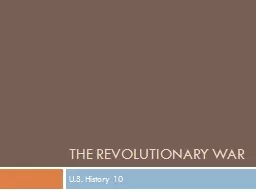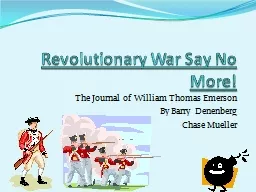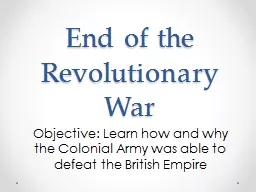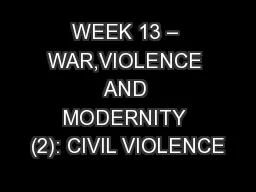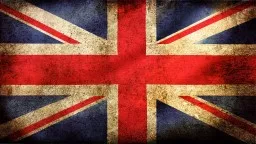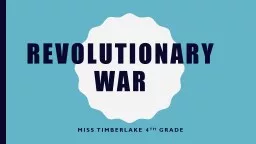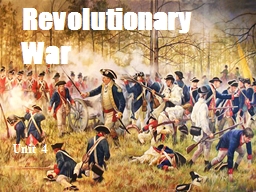PPT-The Revolutionary war
Author : pamella-moone | Published Date : 2016-02-24
US History 10 First Continental Congress Sept 1774 in Philadelphia PA All colonies there except GA 5 major decisions made 1 rejected collective colonial assembly
Presentation Embed Code
Download Presentation
Download Presentation The PPT/PDF document "The Revolutionary war" is the property of its rightful owner. Permission is granted to download and print the materials on this website for personal, non-commercial use only, and to display it on your personal computer provided you do not modify the materials and that you retain all copyright notices contained in the materials. By downloading content from our website, you accept the terms of this agreement.
The Revolutionary war: Transcript
Download Rules Of Document
"The Revolutionary war"The content belongs to its owner. You may download and print it for personal use, without modification, and keep all copyright notices. By downloading, you agree to these terms.
Related Documents

